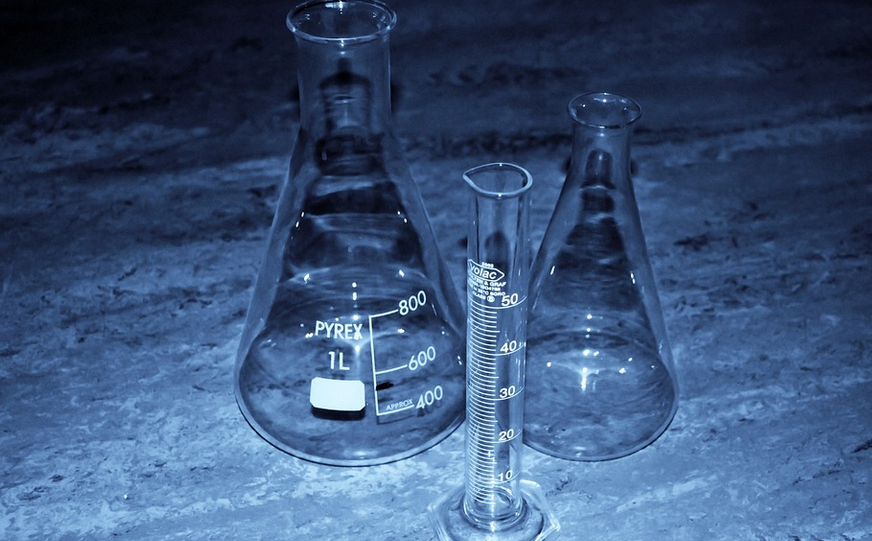Introduction
Selenium is a chemical element with the symbol Se and atomic number 34. It is a nonmetal and belongs to the group of chalcogens. Selenium is commonly used in various industries, including electronics, glass production, and photovoltaics. In this article, we will discuss the number of protons, neutrons, and electrons in selenium.
Protons in Selenium
Protons are positively charged particles found in the nucleus of an atom. The atomic number of selenium is 34, which means it has 34 protons in its nucleus. The number of protons in an atom determines its chemical properties, and selenium has unique chemical properties due to its number of protons.
Neutrons in Selenium
Neutrons are neutral particles found in the nucleus of an atom. The number of neutrons in an atom can vary, and atoms with the same number of protons but different numbers of neutrons are called isotopes. Selenium has six stable isotopes, with the most abundant being selenium-80, which has 46 neutrons.
Electrons in Selenium
Electrons are negatively charged particles that orbit the nucleus of an atom. The number of electrons in an atom is equal to the number of protons, which means selenium has 34 electrons. The electrons are arranged in shells or energy levels around the nucleus, and the outermost shell determines the chemical properties of an atom. Selenium has four valence electrons in its outermost shell, which makes it a good conductor of electricity.
Selenium’s Atomic Structure
The atomic structure of selenium can be represented using an atomic model. The nucleus is at the center of the model, and it contains the protons and neutrons. The electrons are depicted as orbiting the nucleus in different energy levels or shells. The atomic model of selenium shows that it has a total of 34 electrons, with 2 electrons in the first shell, 8 electrons in the second shell, 18 electrons in the third shell, and 6 electrons in the fourth shell.
Selenium’s Chemical Properties
Selenium has unique chemical properties due to its atomic structure. It is a nonmetal and can form both covalent and ionic bonds with other elements. Selenium is also a good conductor of electricity and can be used in electronic devices. It is also used in glass production and photovoltaics.
Selenium’s Biological Role
Selenium is an essential trace element for humans and animals. It is required for the proper functioning of various enzymes and proteins in the body. Selenium deficiency can lead to various health problems, including impaired immune function, thyroid problems, and heart disease.
Selenium in the Environment
Selenium is naturally found in soil, water, and air. It can also be released into the environment through human activities, such as mining and industrial processes. Selenium can be toxic in high concentrations and can accumulate in the food chain, leading to health problems in animals and humans.
Conclusion
In conclusion, selenium has 34 protons, 34 electrons, and various numbers of neutrons depending on the isotope. It has unique chemical properties due to its atomic structure and is essential for human health. Selenium can also be toxic in high concentrations and can affect the environment.

